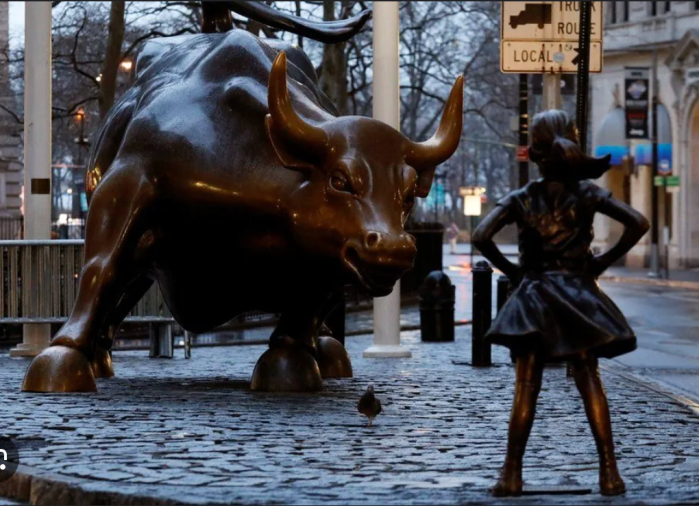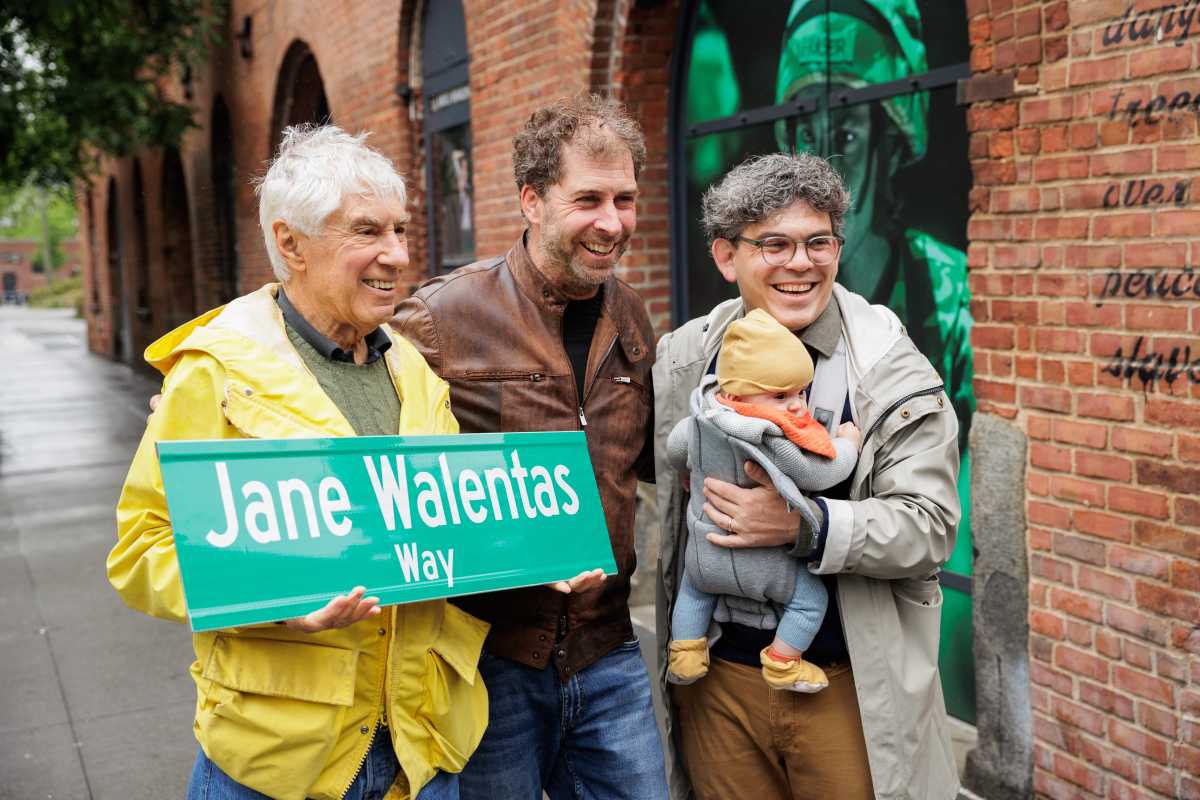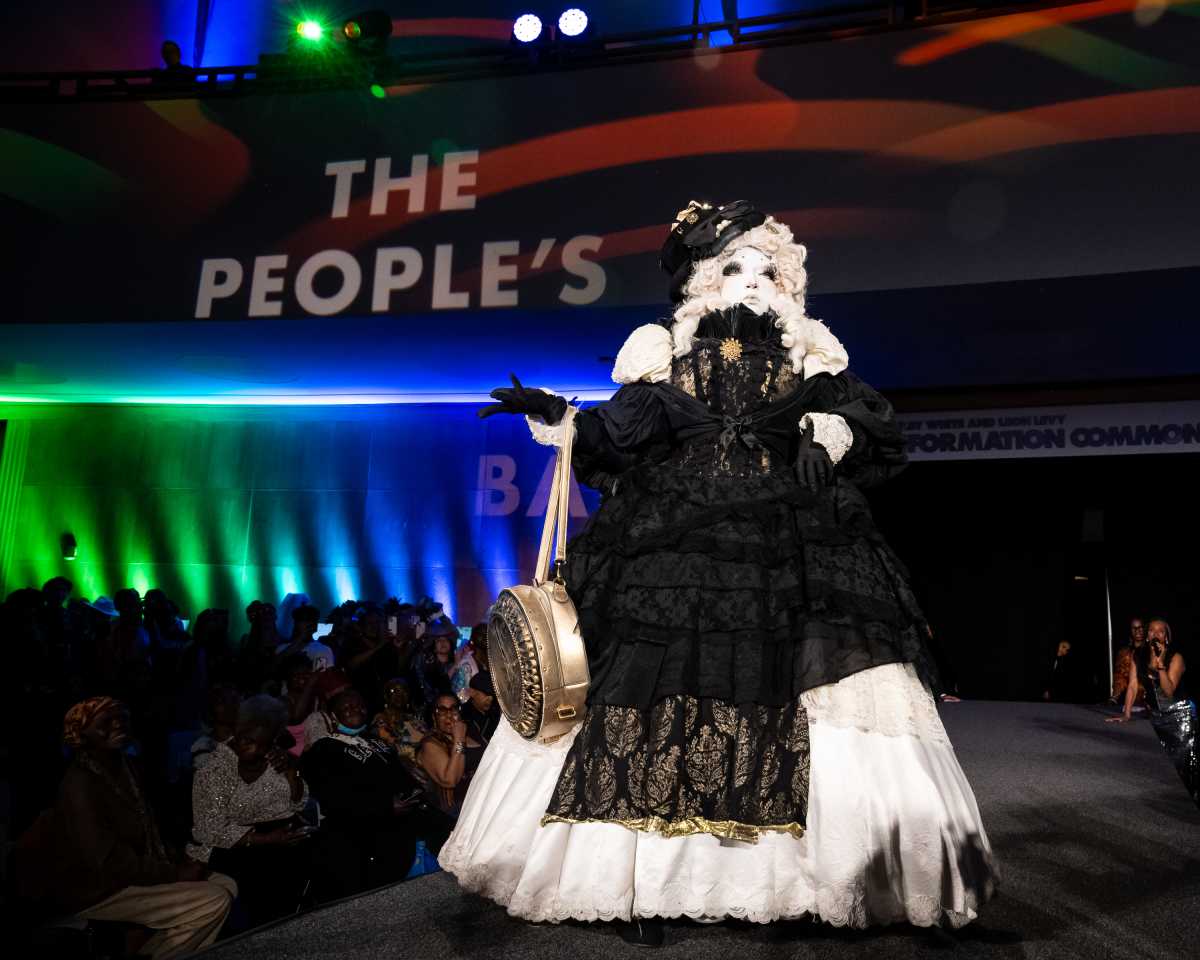By Albert Amateau
The Landmarks Preservation Commission last week designated the 26-story Consolidated Edison building and tower, built in stages between 1910 and 1929, at 4 Irving Place on E. 14th St., as a city landmark.
“The Con Ed Building has a commanding presence in the Union Square neighborhood and also has one of the great towers that define the Manhattan skyline,” said Robert B. Tierney, Landmarks commissioner, at the Feb. 10 designation.
At the designation hearing in October, seven individuals spoke up in favor of the landmarking, including City Councilmember Rosie Mendez and representatives from the Union Square Community Coalition, the Municipal Art Society, the New York Landmarks Conservancy, the Historic Districts Council, the Metropolitan Chapter of the Victorian Society of America and Community Board 6. There were no speakers opposed to the designation.
In 1910, the Consolidated Gas Co., Con Edison’s predecessor, commissioned Henry Hardenbergh, the architect whose works include The Dakota Apartments, the Plaza Hotel and the Art Students League, to design a 12-story building fronting on E. 15th St. and Irving Place.
The gas company had long occupied two old buildings at 15th St. and Irving Place and decided to minimize disruption by erecting the new office in two sections, leaving the old building on Irving Place standing while the eastern three bays went up in 1911, according to the Landmarks designation report.
The company decided to move its other affiliates, including the New York Edison Company, to its new headquarters. So in 1912, Hardenbergh designed two flanking, 18-story buildings and six more stories, plus a penthouse for the first 12-story section. The design included an elaborate system of nighttime illumination to highlight architectural features.
Between 1926 and 1928, the company replaced the old Academy of Music, which was on the corner of 14th St and Irving Place, with an addition to the headquarters, and engaged Warren & Wetmore, architects of Grand Central Terminal, Steinway Hall and the New York Yacht Club.
The new additions incorporated an 18-story midblock wing on 14th St. and a neoclassical corner tower rising 26 stories with illuminated clock faces surmounted by a colonnaded temple with a bell-capped roof and a bronze lantern with a searchlight pointing upward.
In 1929, the building was extended further east on 14th St. onto a site formerly occupied by Tammany Hall.
































